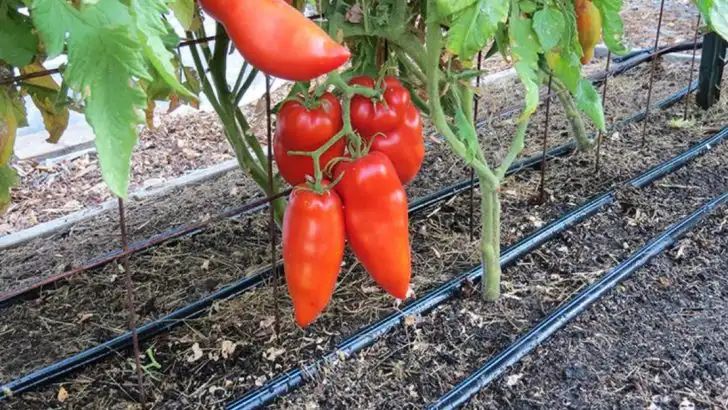Water is one of the most precious resources in any garden — and also one of the easiest to waste. From overwatering to inefficient systems, many gardeners unintentionally pour gallons down the drain. The good news? With a few eco-friendly techniques, you can keep your plants happy while dramatically cutting down on water use.
Smart watering isn’t just good for the planet — it’s also better for your garden’s health. Using methods like rainwater harvesting, drip irrigation, and strategic timing, you can promote stronger root systems, reduce disease, and conserve moisture exactly where it’s needed most.
In this article, explore 11 sustainable watering methods that save time, money, and water. Whether you’re growing veggies, herbs, or ornamentals, these solutions help you garden with efficiency and intention — no waste required.
Rain Barrels
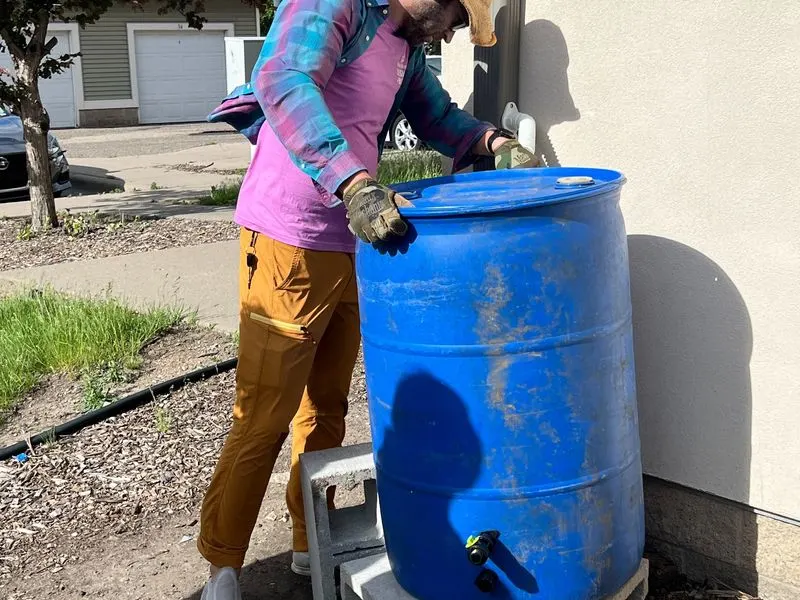
Imagine capturing the sky’s generosity right in your backyard. Rain barrels provide an effortless way to collect and utilize rainwater. Positioned strategically under downspouts, they gather water that would otherwise become runoff. This stored water can then efficiently irrigate your garden without turning on a tap. Beyond conservation, rain barrels save money on water bills and reduce stormwater runoff, benefiting the local ecosystem. Whether you opt for a decorative barrel or a simple plastic model, this method is accessible and rewarding. A small investment with lasting impact, rain barrels are a garden-friendly solution toward sustainability.
Drip Irrigation Systems
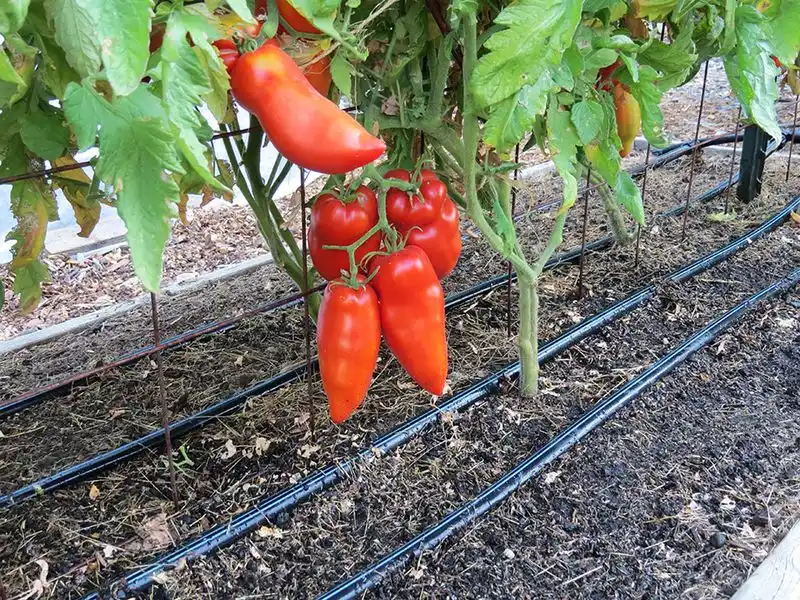
Think precision watering without the fuss. Drip irrigation systems deliver water directly to the plant’s base, minimizing evaporation and runoff. These systems are particularly advantageous for vegetable gardens where consistent moisture levels are crucial. By focusing on root zones, drip irrigation ensures each plant receives adequate hydration, promoting healthy growth. Installation is straightforward, often involving tubing and emitters that can be adjusted for flow. This method not only conserves water but also reduces weed growth, as the surrounding soil remains dry. Drip systems are an investment in both conservation and thriving gardens.
Soaker Hoses

Picture a gentle, steady soak. Soaker hoses provide an efficient method to water your garden by sweating droplets along their length. Laid out on the soil surface, they deliver water slowly and evenly, penetrating deep into the root zone. This method reduces evaporation, making it ideal for both flower and vegetable beds. Connecting to a timer can automate watering, ensuring plants are hydrated without overuse. Soaker hoses are flexible and can be maneuvered to fit any garden layout. Their simplicity and effectiveness make them a favorite among eco-conscious gardeners looking to conserve water.
Mulching
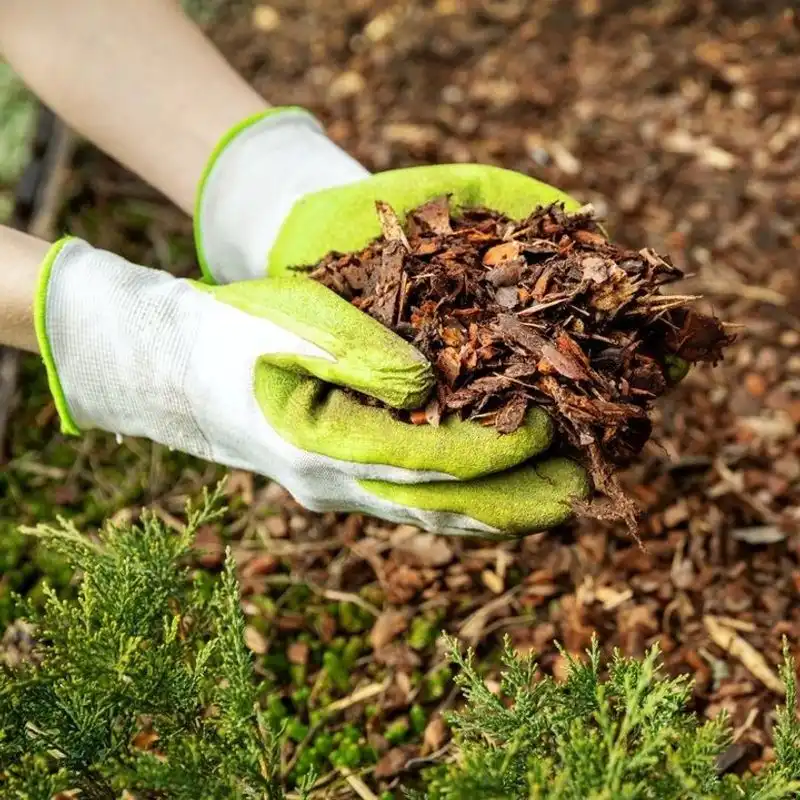
Ever marveled at nature’s own protective blanket? Mulching conserves soil moisture by reducing evaporation and moderating soil temperature. Organic mulches, like straw or wood chips, add nutrients as they decompose, enhancing soil health over time. A thick layer of mulch around plants creates a barrier, keeping the ground cooler in summer and warmer in winter. This not only minimizes water usage but also suppresses weed growth, reducing competition for resources. As mulches break down, they contribute to a nutrient-rich environment, fostering robust plant growth. It’s a holistic approach to water conservation.
Greywater Recycling
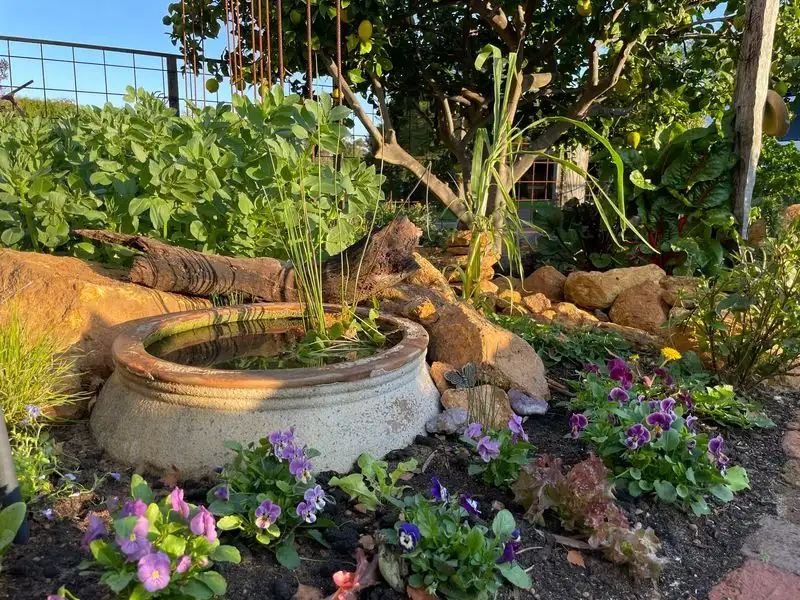
Imagine reusing yesterday’s bath water to nourish your garden today. Greywater systems recycle water from baths, sinks, and washing machines, directing it to your garden. This method requires some setup, often involving plumbing adjustments, but the benefits are substantial. By reusing water, you’re not only conserving fresh water but also reducing household waste. It’s important to use biodegradable soaps to avoid harming plants. Greywater recycling transforms household waste into a resource, aligning with sustainable living practices. This innovative approach ensures that water is used efficiently and responsibly.
Rain Gardens

Capture and filter runoff naturally. Rain gardens are strategically positioned to absorb rainwater from impervious surfaces like driveways and rooftops. These gardens are designed with native plants that thrive in both wet and dry conditions, creating a biodiverse habitat. By slowing water flow, rain gardens reduce erosion and improve water quality by filtering pollutants. This method is not only functional but aesthetically pleasing, adding beauty to your landscape. With careful planning, a rain garden becomes a vibrant ecosystem that supports local flora and fauna while conserving water.
Compost Tea
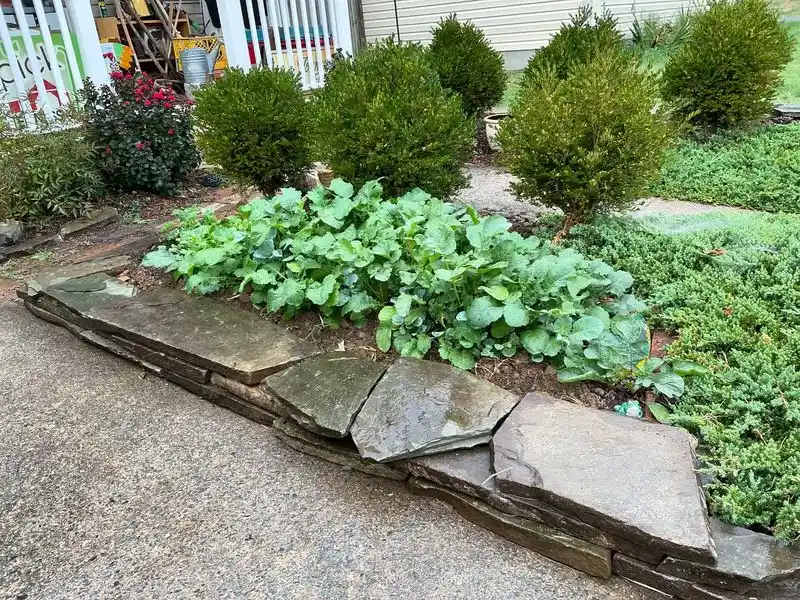
Brewing nourishment for your plants, compost tea is a liquid fertilizer made from steeping compost in water. This nutrient-rich solution can be sprayed directly onto plant leaves or poured into the soil, enhancing growth and resilience. Compost tea improves soil structure and promotes beneficial microbial activity, helping plants absorb water more efficiently. The brewing process is simple, requiring just a container and some aeration. This method not only minimizes the need for chemical fertilizers but also supports a sustainable gardening ecosystem. It’s a natural way to maximize water retention and plant health.
Olla Irrigation

An ancient technique with modern relevance, olla irrigation involves burying porous clay pots in the ground. When filled with water, they slowly seep moisture into the surrounding soil, directly hydrating plant roots. This method is ideal for dry climates where water conservation is key. Olla irrigation is simple and requires minimal maintenance, making it suitable for busy gardeners. It’s a low-tech solution that ensures plants receive consistent hydration without waste. By utilizing this age-old practice, you contribute to a sustainable gardening tradition that emphasizes efficient water use.
Automated Timers
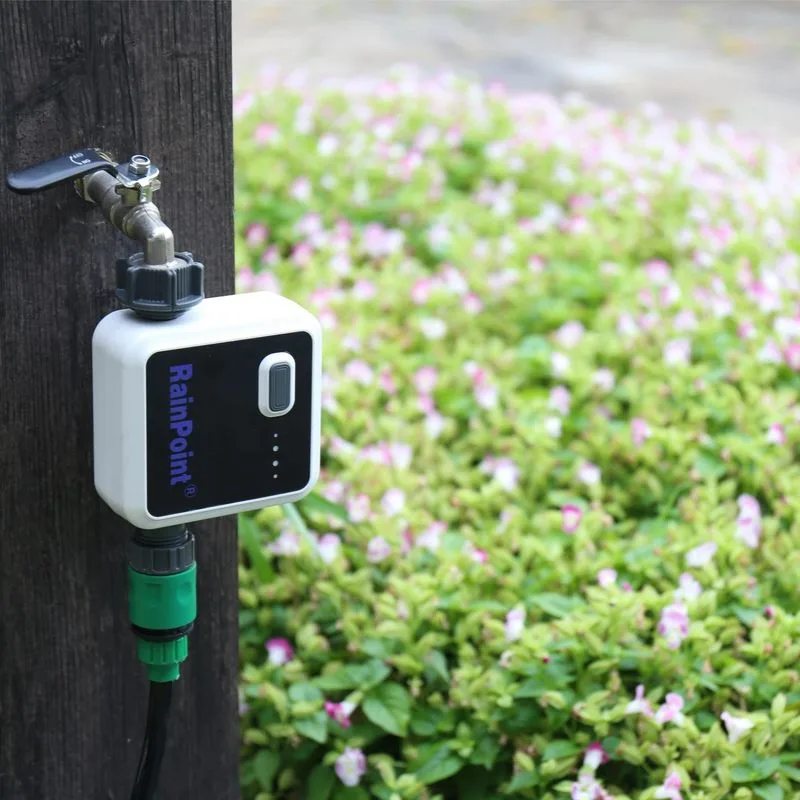
Consider a solution that delivers water precisely when needed. Automated timers connect to hoses or irrigation systems, allowing you to set specific watering schedules. This ensures that plants are watered during optimal times, such as early morning or late evening, when evaporation rates are lower. Timers reduce human error and can be adjusted seasonally to accommodate changing weather conditions. By automating your watering routine, you conserve water and ensure that your garden thrives with minimal effort. It’s a modern convenience that aligns with eco-friendly practices.
Permeable Paving
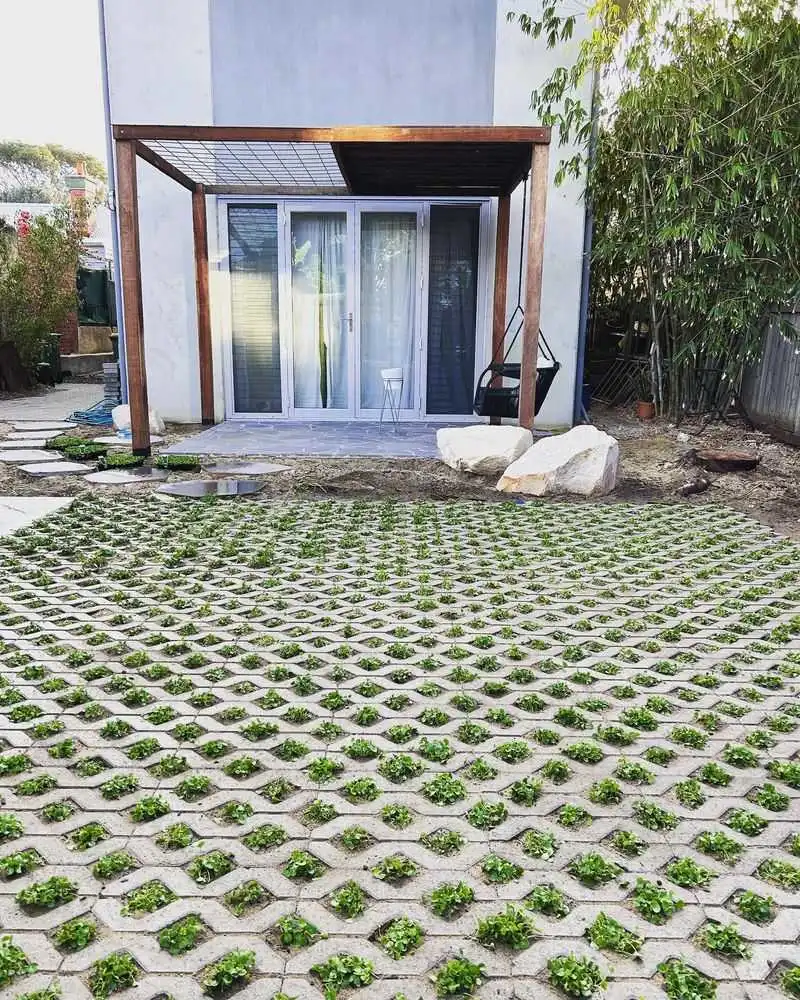
Enhance your landscape while promoting water conservation with permeable paving. These surfaces allow water to seep through, reducing runoff and facilitating natural groundwater recharge. Permeable paving is ideal for driveways, pathways, and patios, integrating seamlessly with garden areas. By allowing rainwater to percolate, it reduces erosion and supports plant life. This method is both practical and aesthetically pleasing, contributing to a sustainable outdoor environment. By choosing permeable options, you’re investing in a landscape that respects and enhances natural water cycles.
Bioswales
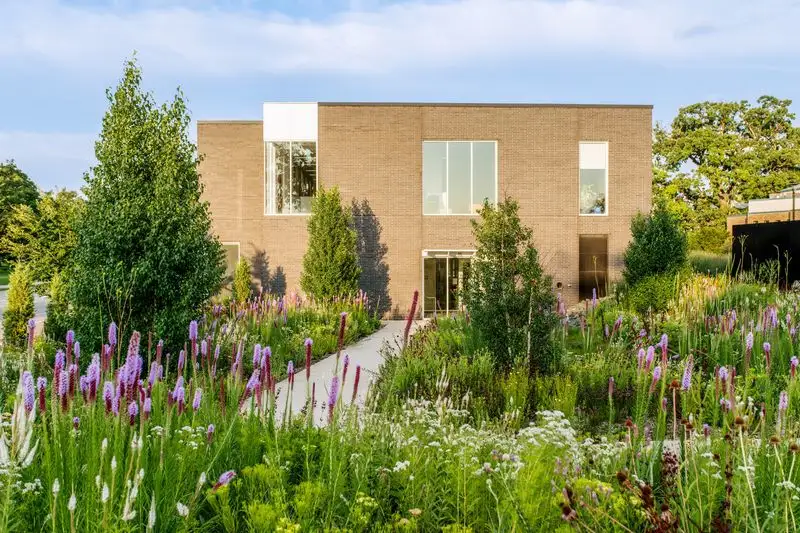
Flow with nature’s design. Bioswales are landscaped channels that slow and capture stormwater, allowing it to infiltrate the soil. They are often lined with vegetation that filters pollutants and supports biodiversity. Bioswales are perfect for areas with heavy rainfall, as they prevent flooding and soil erosion. This method not only conserves water but also enhances the aesthetic value of a property. Implementing a bioswale requires planning and space, but the environmental benefits are significant. It’s a harmonious blend of functionality and beauty, fostering a healthier ecosystem.

